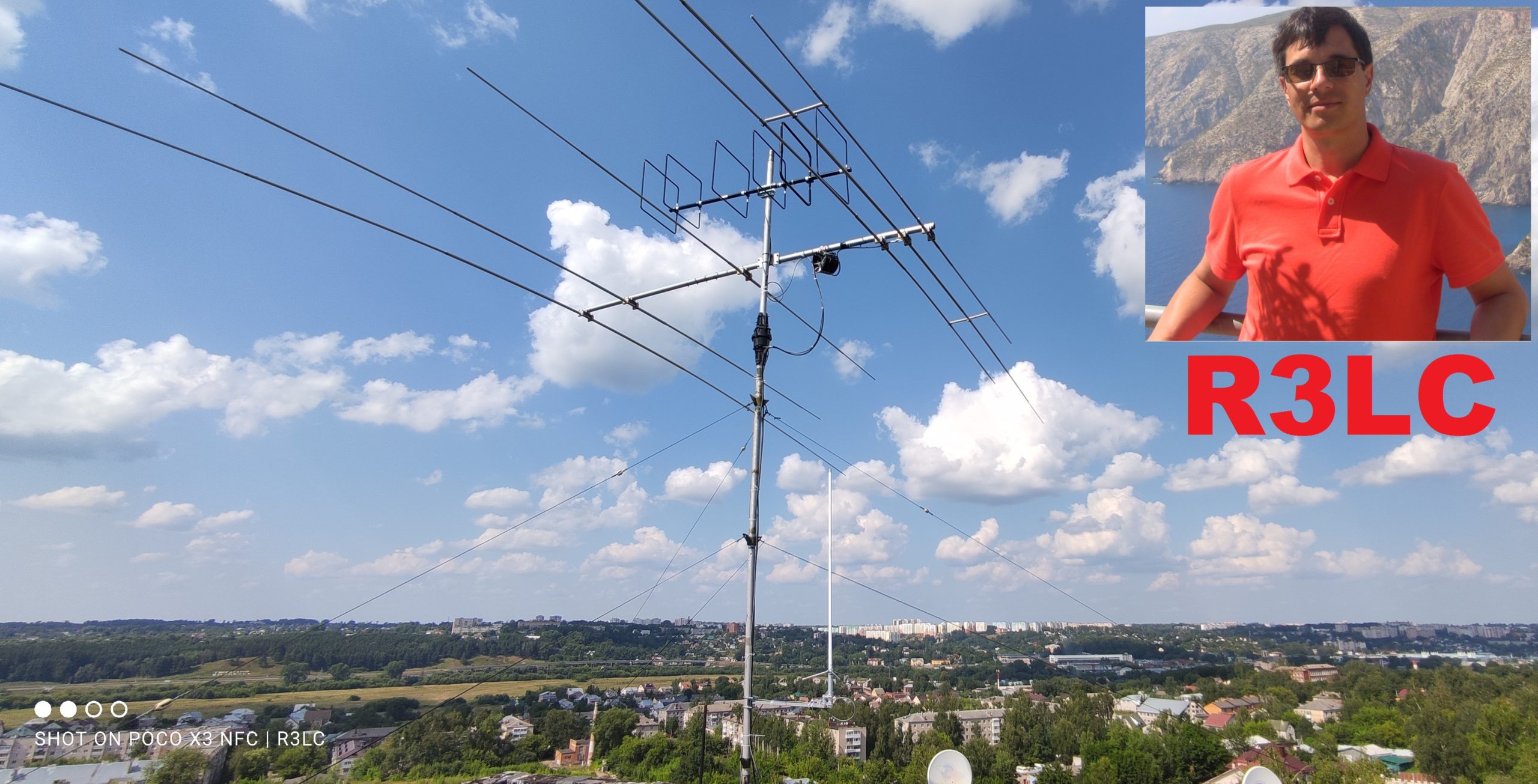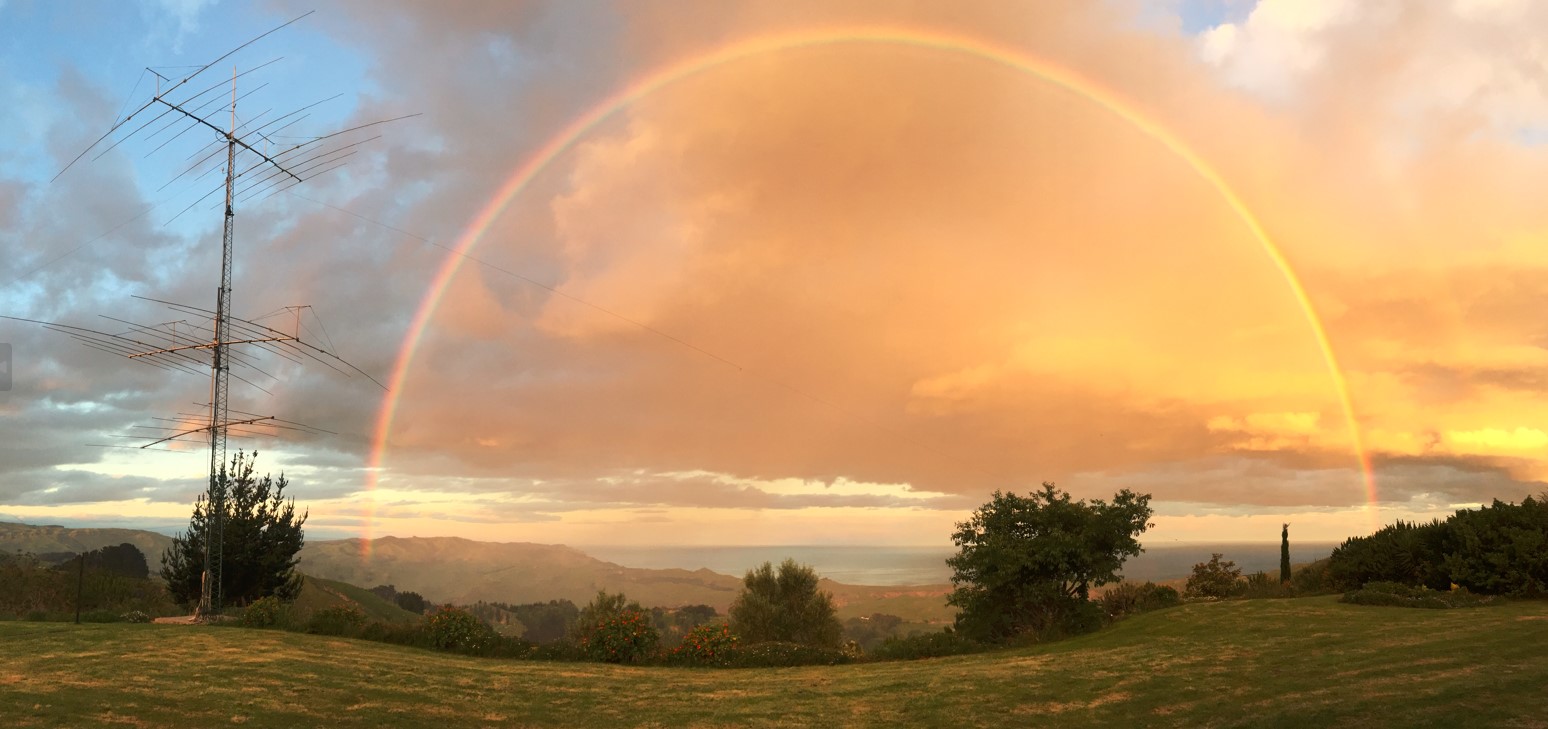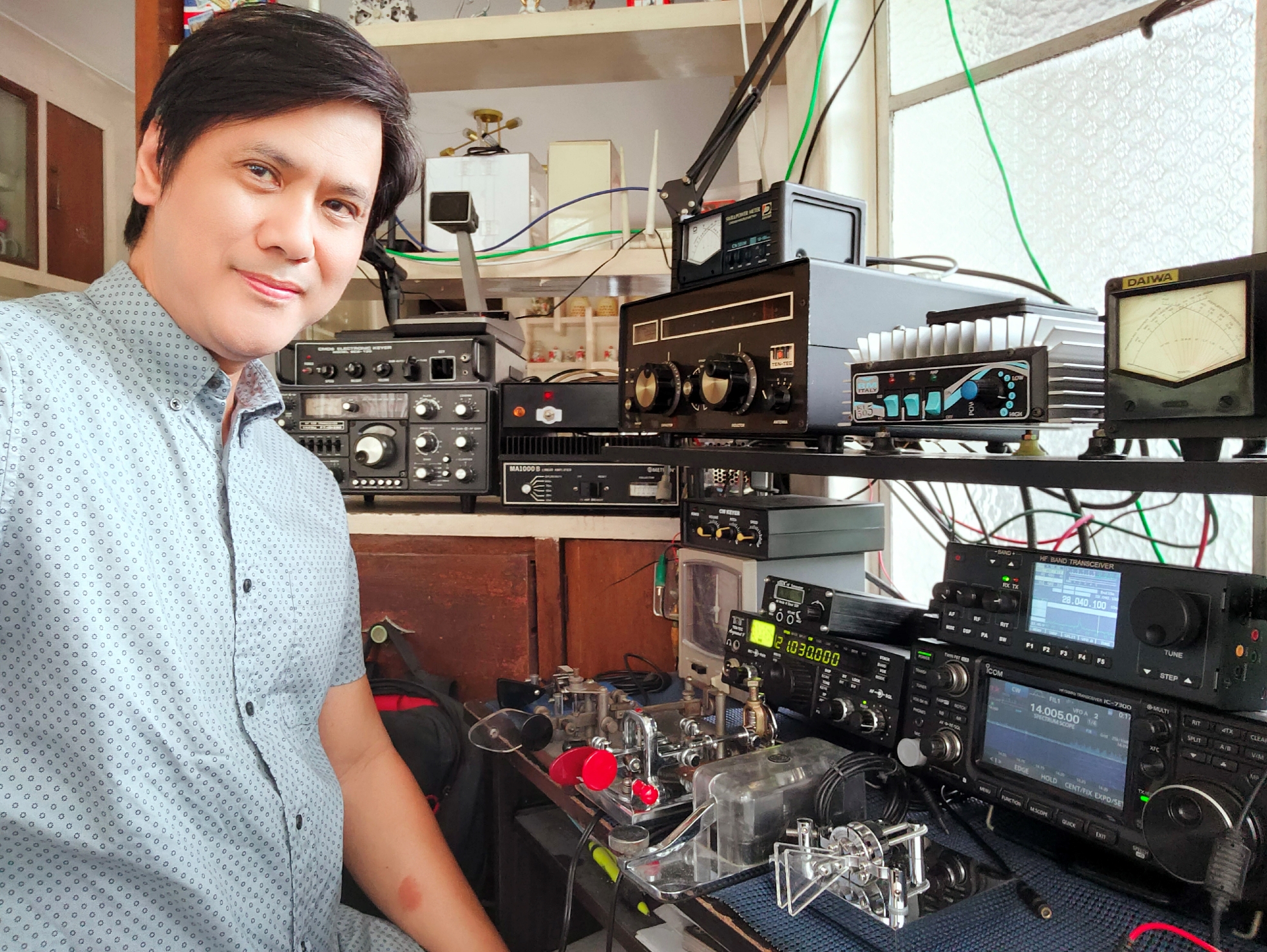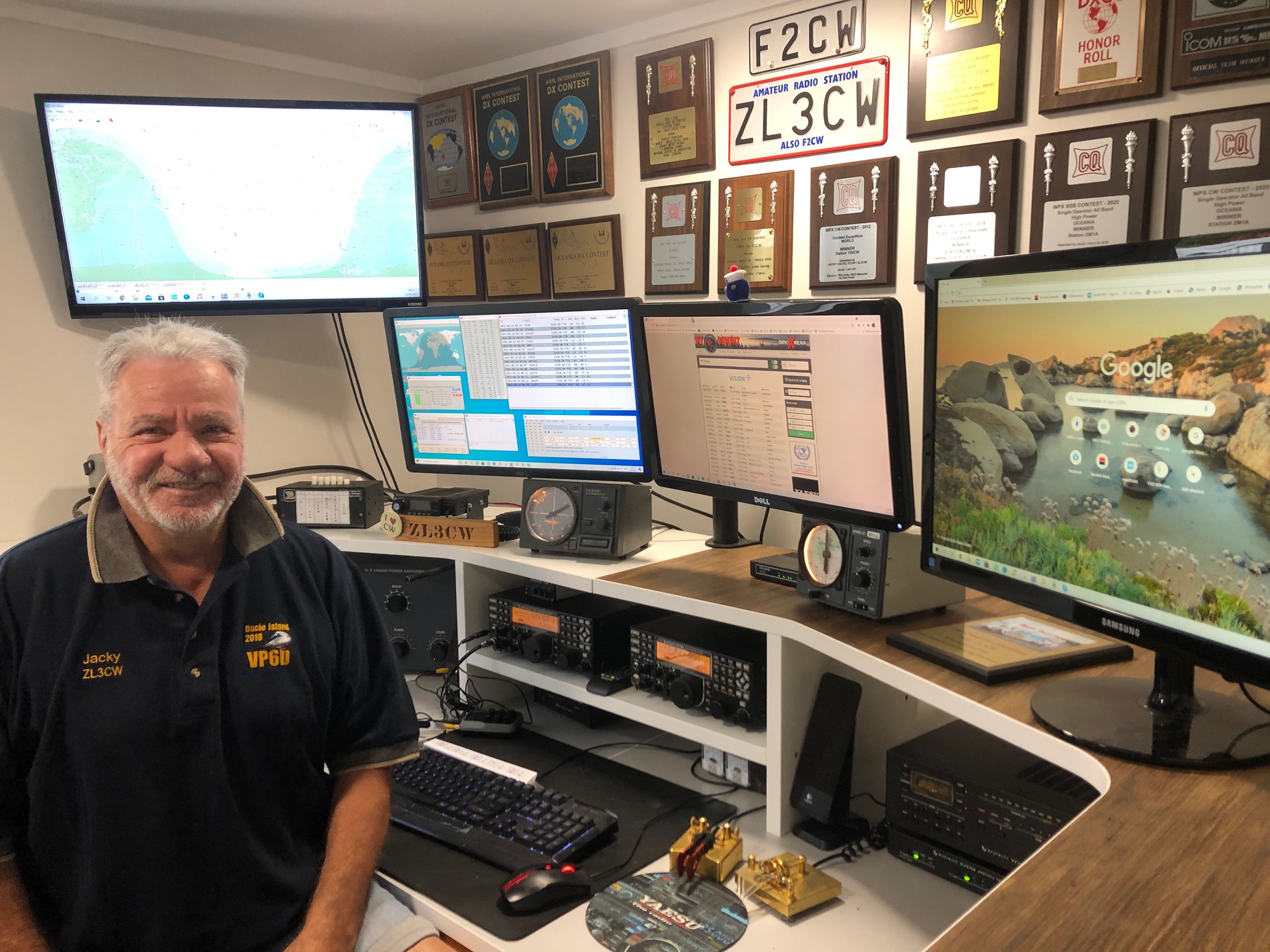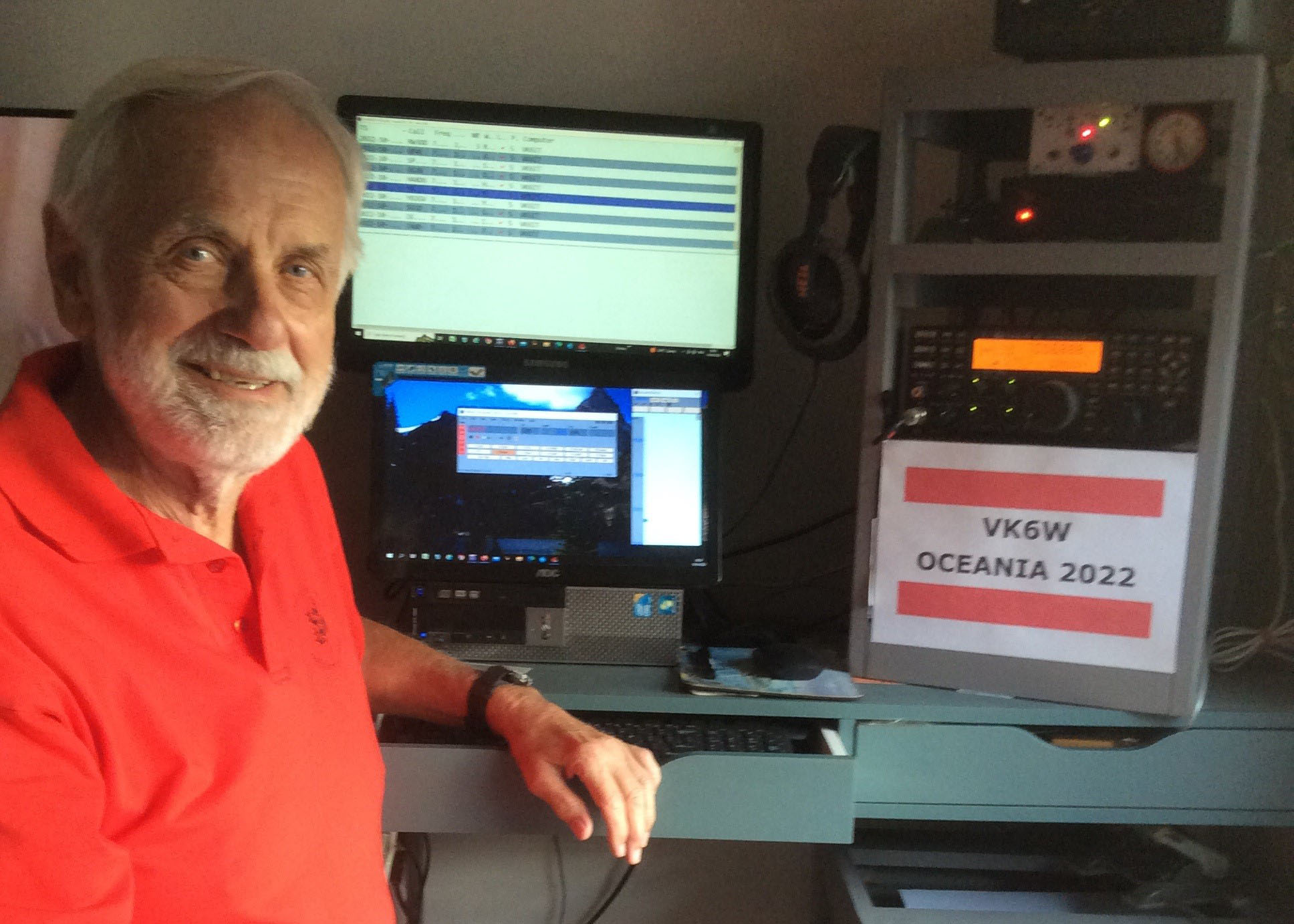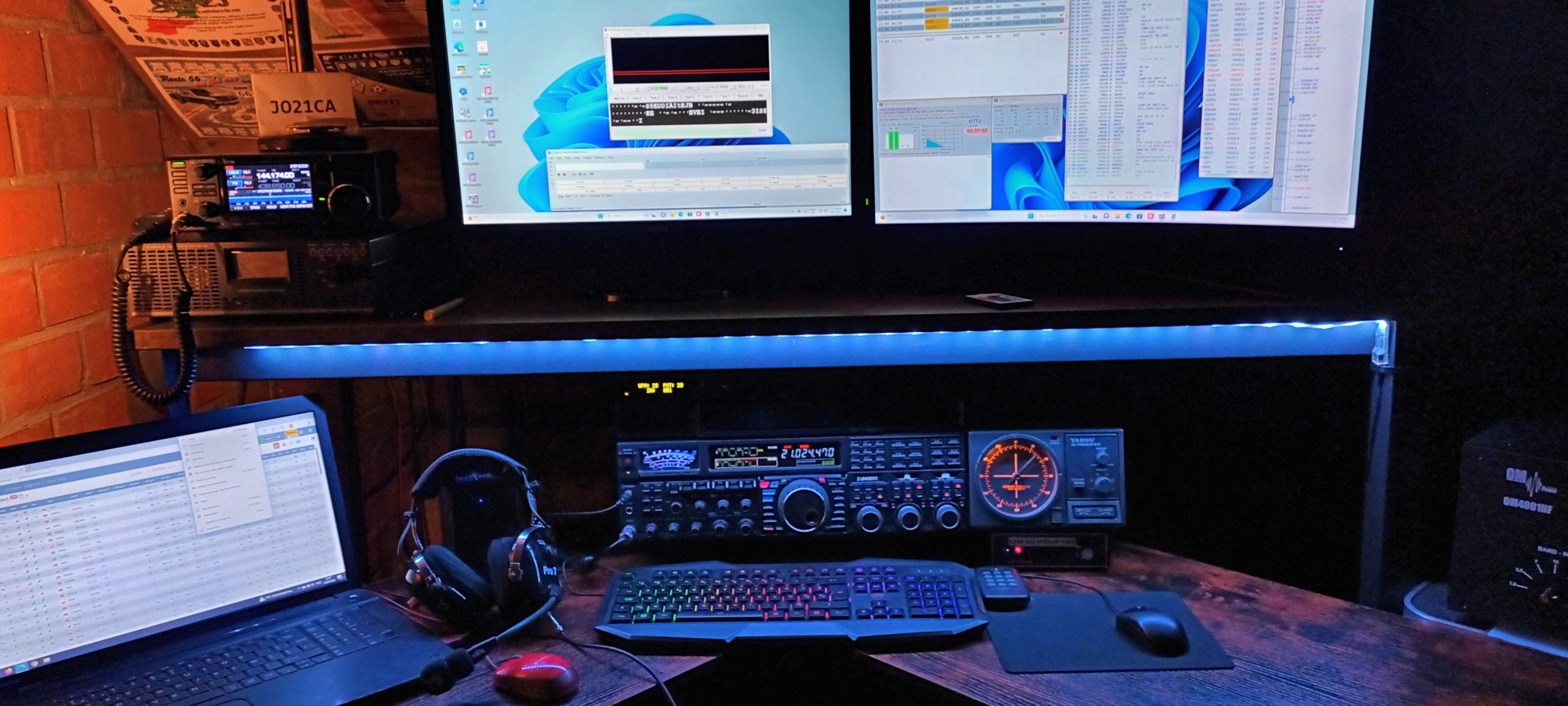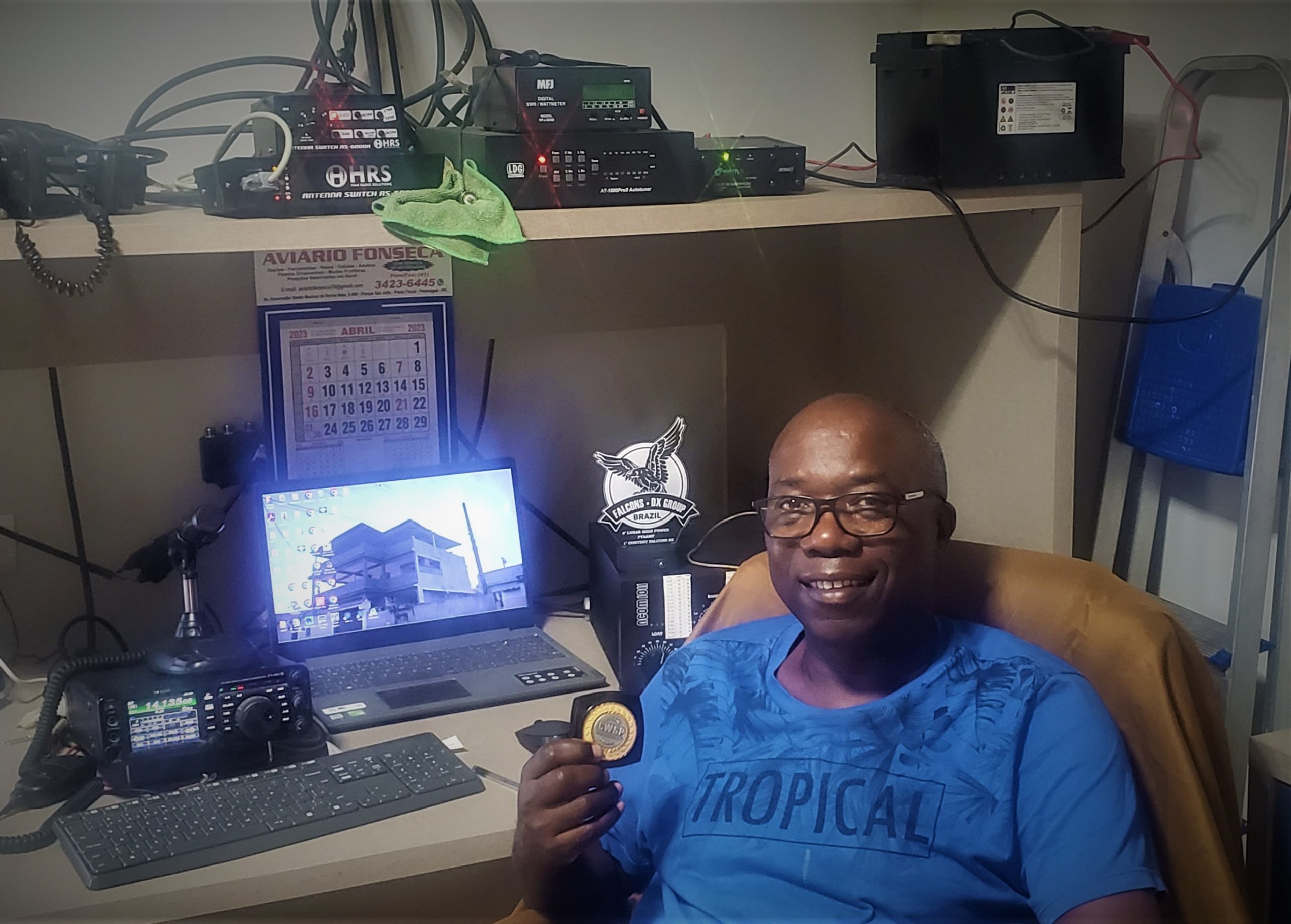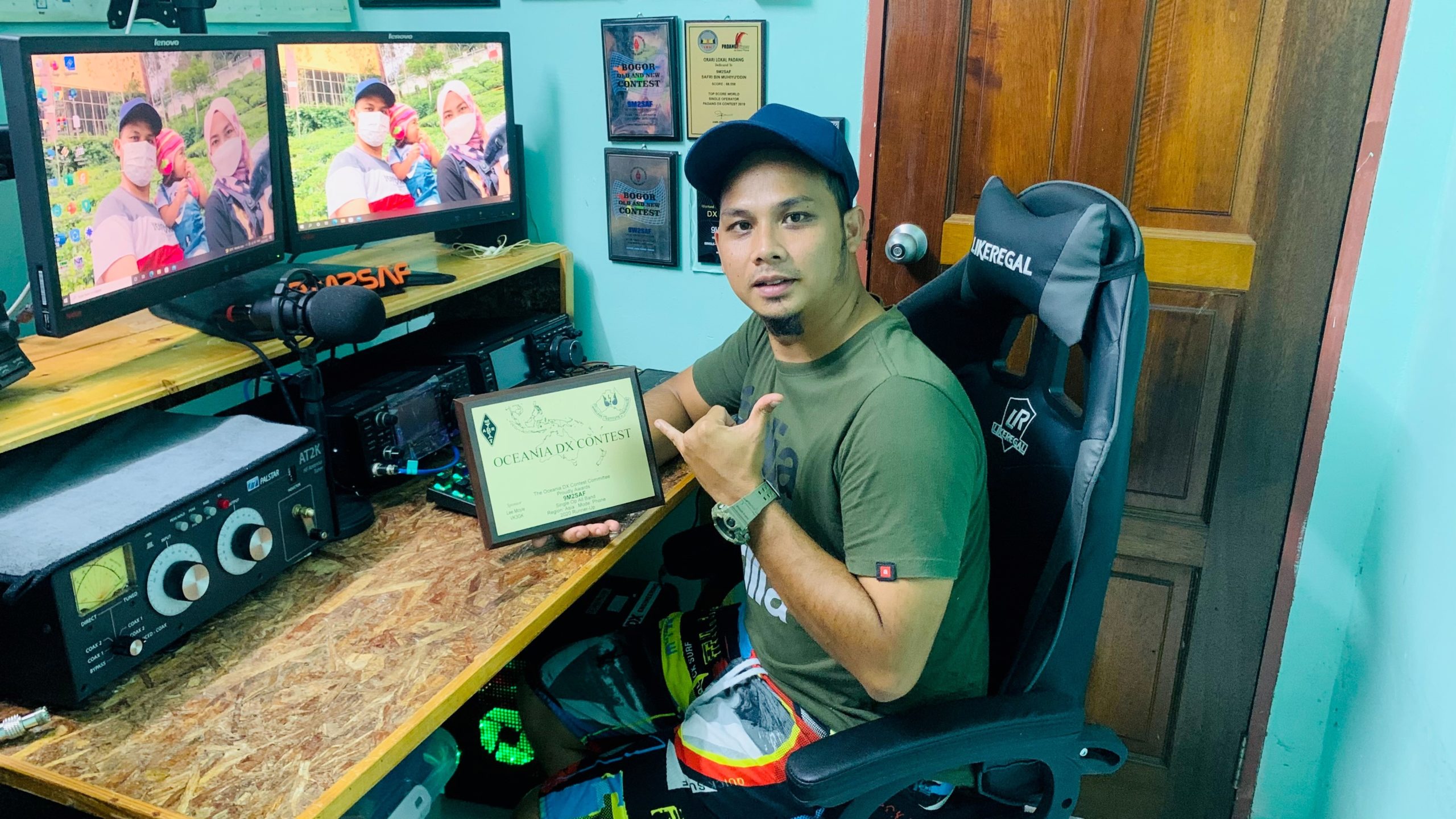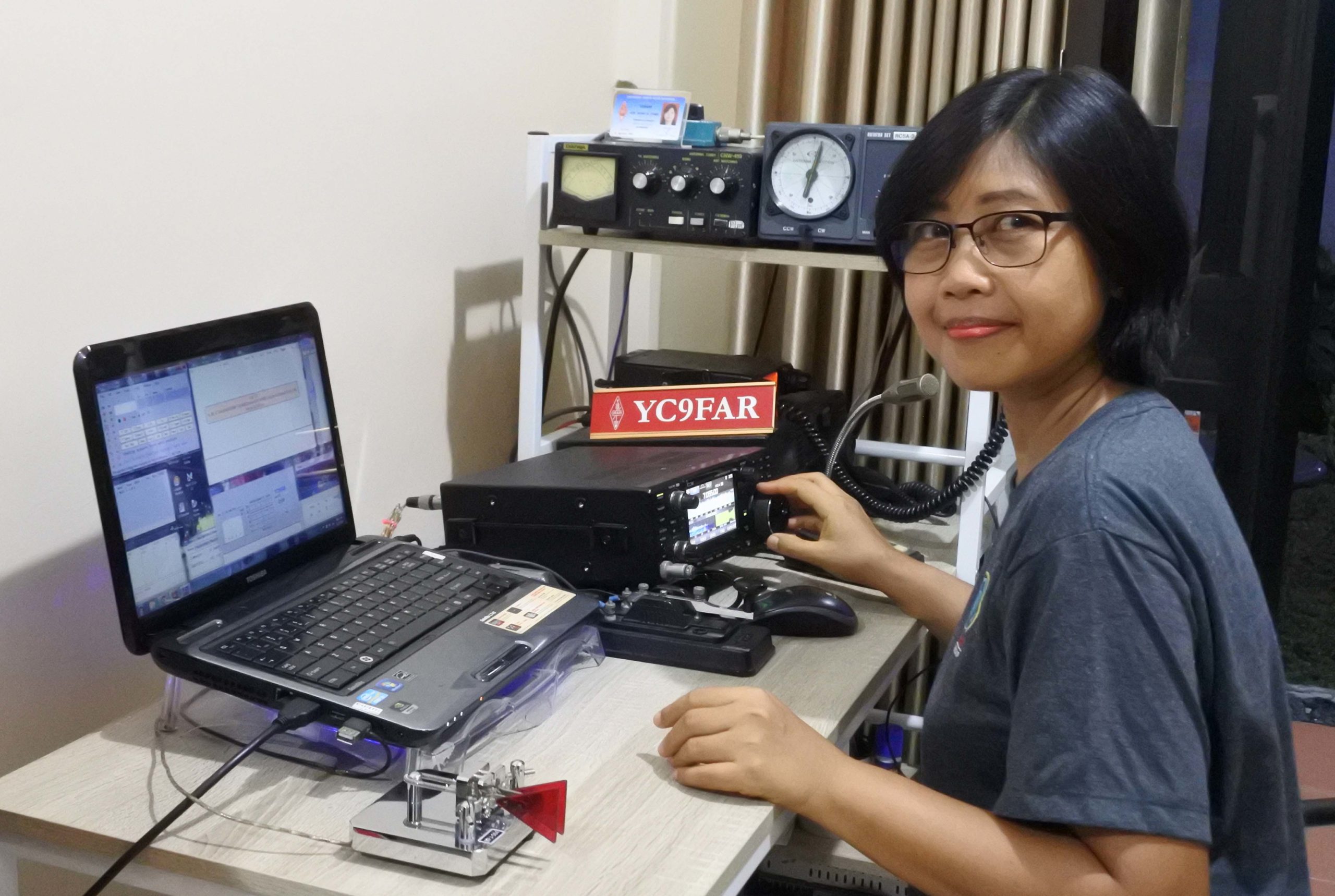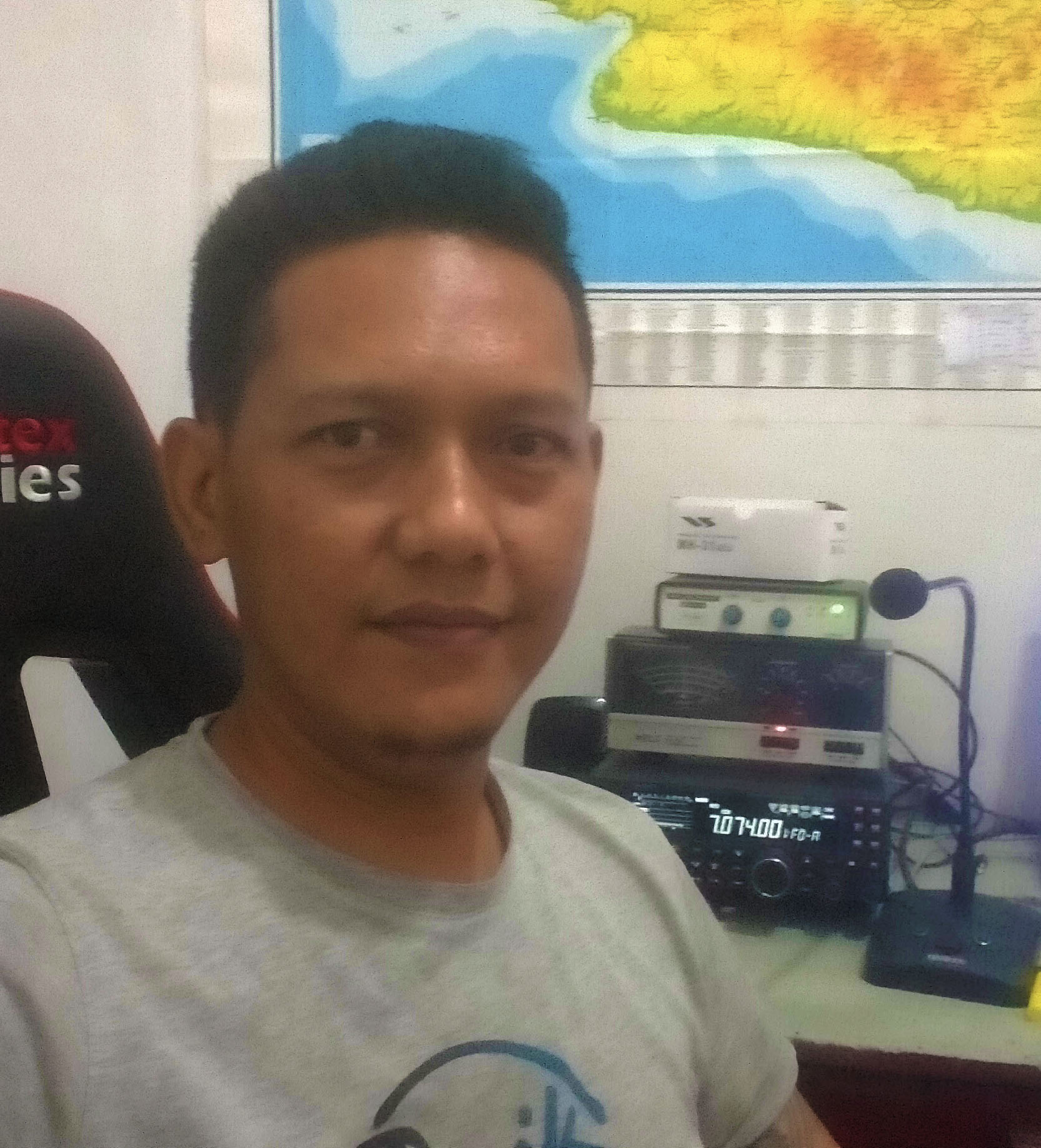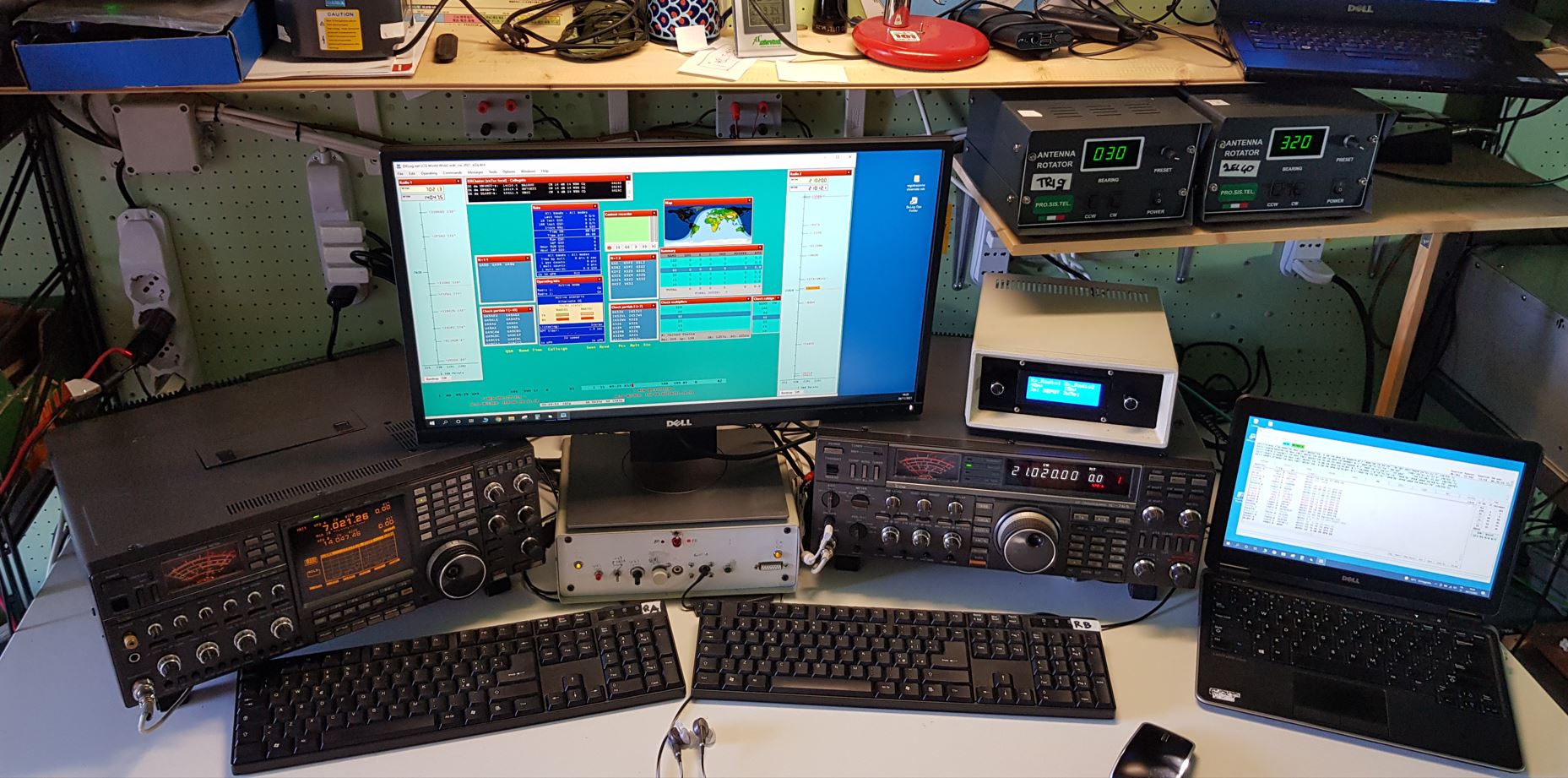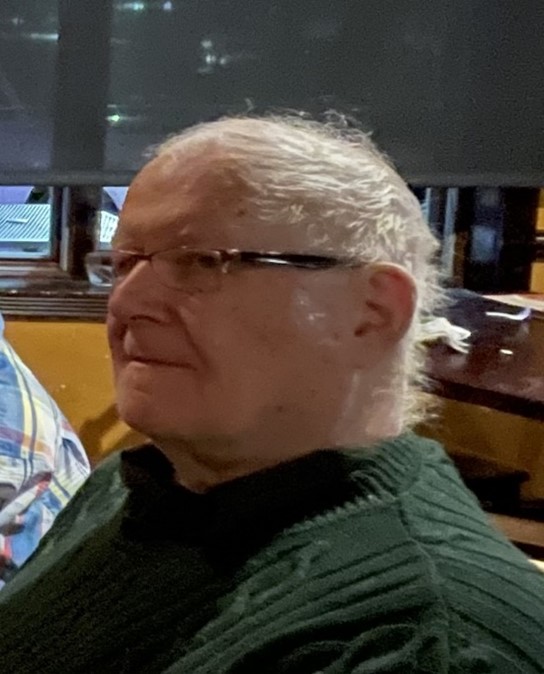Congratulations to all the winners in the 2022 Oceania DX (OCDX) Contest and thanks to everyone who participated to make it the biggest OCDX party ever!
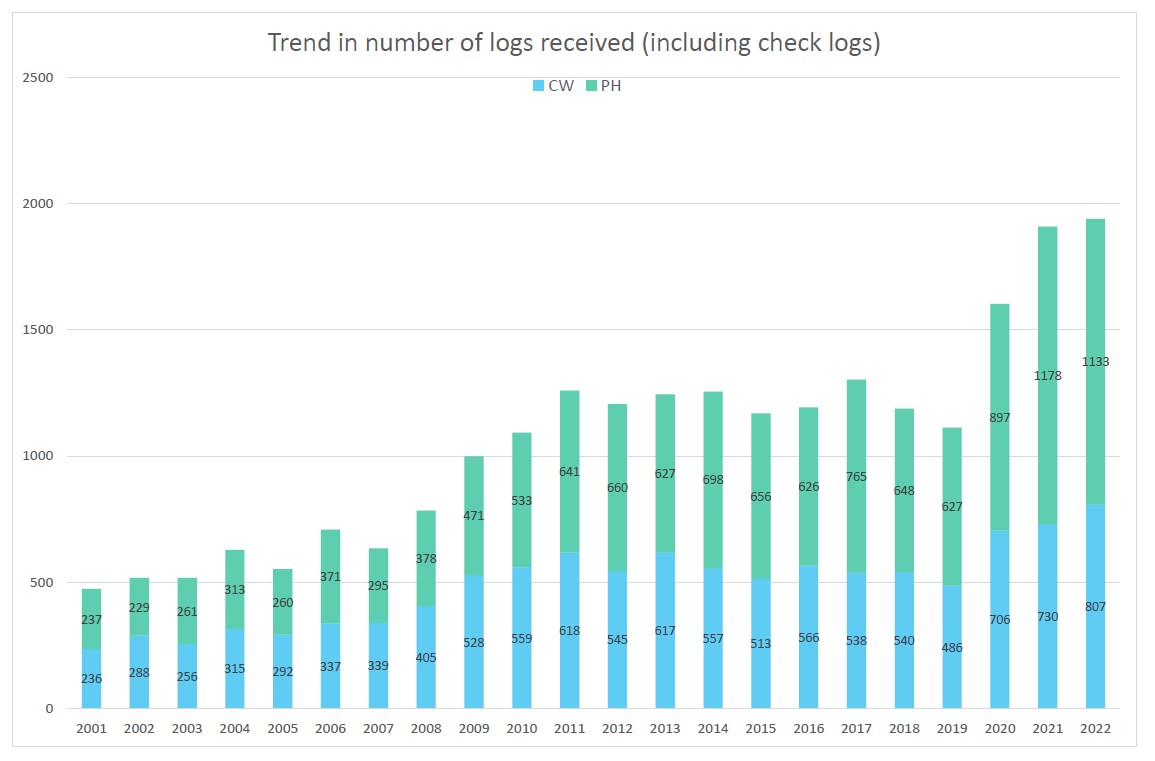 We had another brilliant turnout assisted by some excellent openings on the higher bands. We received a total of 1940 logs, consisting of 1133 Phone logs and 807 CW logs. This exceeds the 1908 logs received in 2021 and sets a new record.
We had another brilliant turnout assisted by some excellent openings on the higher bands. We received a total of 1940 logs, consisting of 1133 Phone logs and 807 CW logs. This exceeds the 1908 logs received in 2021 and sets a new record.
Solar conditions were generally excellent except for a brief disruption from an X-class flare over the Phone weekend. The 10.7 cm solar flux peaked over 150 on both the Phone and CW weekends – the best we’ve seen since 2002! This meant that most intercontinental QSOs were on the 20M, 15M and 10M bands. 10M was finally open to all continents and many new records were set on this band. 40M activity was well down on recent years. Conditions on 160M and 80M were the poorest that we’ve seen for many years due to QRN from lightning storms along with some elevated geomagnetic activity over the CW weekend.
Fred KS7T sums it up with “10M being open makes this contest much more fun and it was open better than 15M. Love those 8k++ mile QSOs on any band!”
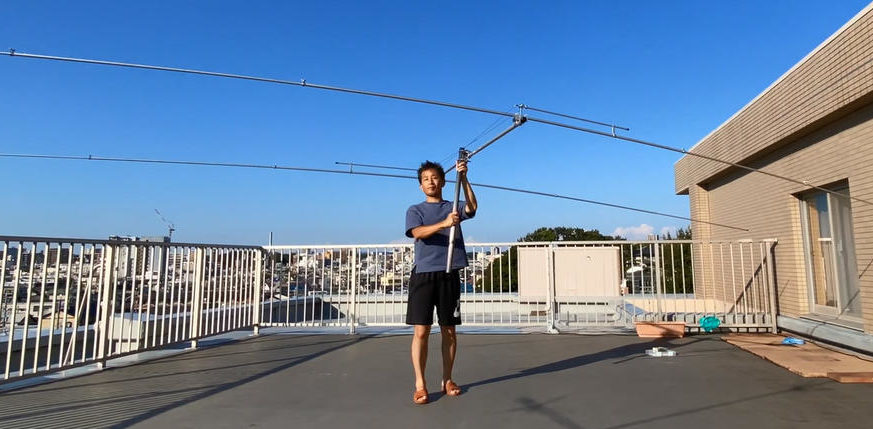
Matsunaga JS2MYR
It’s always encouraging to see newcomers joining in and having some – like Matsunaga JS2MYR who says “I’m a beginner on HF band. I’ve never connected with Australia before. I enjoyed this contest and was so excited. Thank you so much!”
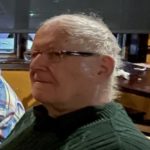
Fred K3ZO (SK)
Fred K3ZO reported
“What a difference rising solar flux has made in the Oceania SSB contest. In 2018-2021 it was mainly a 40M contest and I had to struggle to make 100 QSOs. In 2019 I made exactly ONE QSO on 20M. This year 20M was wide open to Australia and New Zealand at both the beginning and the end of the contest and I made exactly ONE HUNDRED QSOs on 20M and 220 QSOs overall! Last year I made 27 QSOs on 15 and they were all KH6s, VKs or ZLs. This year I made 47 QSOs on 15M and the first 28 of those QSOs were Indonesians. 10M last year? Forget about it – this year 10M was good for 36 QSOs!”
You can read Fred’s full report (here).
We are sad to report that this was also the last OCDX contest for Fred K3ZO as he became a SK earlier in 2023. Fred has been a regular entrant in the contest over the past 40 years and was also leader from North America in the Phone and CW Single Operator High power categories on many occasions.
Farewell Fred – we will miss your big signal on the bands and in our contest logs.
While most Oceania activity was from the more common countries (Australia, East Malaysia, Hawaii, Indonesia, New Zealand, and the Philippines) it was great to see an increase in the number of participants from some of the rarer Oceania countries such as Brunei Darussalam, Chatham Islands, Fiji, Guam, Mariana Islands, Marshall Islands, Samoa, and Vanuatu.
See the 2022 OCDX contest charts for a full analysis of the activity in the contest in 2022 and over recent years.
LINE SCORES, WINNERS, AND NEW RECORDS
The detailed line scores for all the entrants in the 2022 contest, including soapbox comments and information about the equipment and antennas used, are presented here:
There were many impressive efforts and scores achieved in the 2022 contest. Summaries of the winning entries, and those which also set new records, can be found here:
The following entrants deserve a special shout out for their outstanding achievement in setting new Continent and World (i.e. outside Oceania) records in the 2022 contest:
New CW records
JA6VZB CW SO 10M QRP World record
JA7OWD CW SO 10M HP World record
JH1EAQ CW SO ALL LP World record
JH6WHN CW SO 10M LP World record
JR7IWC CW SO 15M HP World record
9A3VM CW SO 20M HP Europe record
LZ5R CW M1 Europe record
R3LC CW SO 10M HP Europe record
RT1L CW SO ALL QRP Europe record
SM2M CW SO ALL LP Europe record
SQ7FPD CW SO 10M QRP Europe record
US5VX CW SO 20M QRP Europe record
KA6BIM CW SO ALL HP North America record
KW7R CW SO 15M QRP North America record
N7IR CW SO ALL LP North America record
VE7TK CW SO 10M HP North America record
W6MZ CW SO ALL QRP North America record
5W1SA CW SO 10M HP Oceania record
VK4DX CW SO 20M HP Oceania record
ZM4T CW SO 15M HP Oceania record
PY2XJ CW SO 20M LP South America record
PY5ZHP CW SO 15M HP South America record
CW World Record Holders – 2022
New Phone records
ZS2ABE PH SO ALL HP Africa record
9M2A PH M2 Asia record
9M2L PH SO ALL LP World record
JA2MWV PH SO 10M QRP World record
JA6WFM PH SO 10M LP World record
JA7NVF PH SO ALL HP World record
JA7OWD PH SO 10M HP World record
G4ICP/P PH SO 20M QRP Europe record
IZ2FOS PH SO 15M HP Europe record
SM2M PH SO ALL LP Europe record
SP7M PH SO 10M QRP Europe record
UA4M PH M2 World record
Phone World Record Holders – 2022
The history of all the OCDX contest scores and records since 2001 can be searched here:
It was great to see a new group also join in the Multi-Multi station fun with an entry from VK2W this year taking out the OCEANIA PH Multi Multi category this year.
Winner Oceania Phone Multi-Multi category 2022
2022 PLAQUES AND TROPHIES
Clubs Competition Plaques
Congratulations to all the winners of the plaques and trophies in the 2022 contest. The winners of the plaques are listed (here).
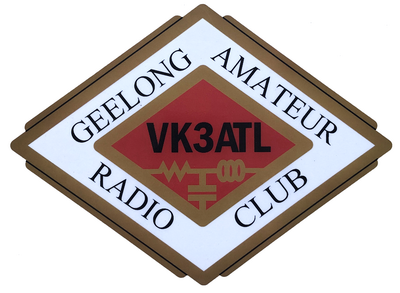 The Australia Club plaque is awarded to the local club from Australia with the greatest number of member stations making at least 50 valid QSOs in the Phone or CW sections in the contest. The Geelong Amateur Radio Club has wrestled this plaque back from the Eastern Mountain and District Radio Club (EMDRC). The Geelong Amateur Radio Club had 13 eligible entries from VK3DQW (PH), VK3ZL (PH+CW), VK3WK (PH+CW), VK3TU (PH+CW), VK3DL (PH+CW), VK3PY (PH), VK3ACR (PH), VK3SM (PH), VK3AN (PH). The EMDRC had 9 eligible entries.
The Australia Club plaque is awarded to the local club from Australia with the greatest number of member stations making at least 50 valid QSOs in the Phone or CW sections in the contest. The Geelong Amateur Radio Club has wrestled this plaque back from the Eastern Mountain and District Radio Club (EMDRC). The Geelong Amateur Radio Club had 13 eligible entries from VK3DQW (PH), VK3ZL (PH+CW), VK3WK (PH+CW), VK3TU (PH+CW), VK3DL (PH+CW), VK3PY (PH), VK3ACR (PH), VK3SM (PH), VK3AN (PH). The EMDRC had 9 eligible entries.
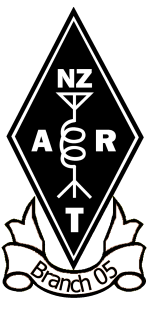 The New Zealand Club Competition plaque is awarded to the local New Zealand NZART Branch, DX club, or contest group with the greatest number of members making at least 50 valid QSOs as a single operator in the Phone or CW sections of the contest. Christchurch Branch 05 is the winner of this plaque with 4 eligible entries from ZL3YB (PH), ZL3PIE (PH), ZL3TOB (PH) and ZL3WF (PH). No other clubs had enough eligible entries.
The New Zealand Club Competition plaque is awarded to the local New Zealand NZART Branch, DX club, or contest group with the greatest number of members making at least 50 valid QSOs as a single operator in the Phone or CW sections of the contest. Christchurch Branch 05 is the winner of this plaque with 4 eligible entries from ZL3YB (PH), ZL3PIE (PH), ZL3TOB (PH) and ZL3WF (PH). No other clubs had enough eligible entries.
 A new North America Club plaque sponsored by Rippletech Electronics (VK3TZ) is being awarded to help promote interest amongst North America clubs. This plaque is awarded to the North America club with the greatest number of member stations (within a 400 km radius) making at least 25 valid QSOs in the Phone or CW sections in the contest. The inaugural winner of this plaque is the Yankee Clipper Contest Club with 7 eligible entries – W1KM (PH), K1AR (CW), K1JB (PH), K1RX (PH+CW), K1ZZ (PH), and WK1O (PH). The Potomac Valley Radio Club and Willamette Valley DX Club jointly share the runner-up title with each having 6 eligible entries.
A new North America Club plaque sponsored by Rippletech Electronics (VK3TZ) is being awarded to help promote interest amongst North America clubs. This plaque is awarded to the North America club with the greatest number of member stations (within a 400 km radius) making at least 25 valid QSOs in the Phone or CW sections in the contest. The inaugural winner of this plaque is the Yankee Clipper Contest Club with 7 eligible entries – W1KM (PH), K1AR (CW), K1JB (PH), K1RX (PH+CW), K1ZZ (PH), and WK1O (PH). The Potomac Valley Radio Club and Willamette Valley DX Club jointly share the runner-up title with each having 6 eligible entries.
Newcomer Plaques
Newcomer plaques are awarded to the highest scoring new entrants from Oceania in the Phone and CW sections. The rules define a newcomer as an entrant who has not previously entered the relevant section (in any category) more than twice since the 2001 contest. Eligibility is limited to entrants who have not won any other plaques or trophies in the same section (either in a previous year or the current year). Congratulations to Santosa Sunny Ruslie YB0AGW for winning the Phone newcomer plaque and David Cuthbert KH6AQ for winning the CW newcomer plaque.
New Youth Plaques Awarded for the first time
Two new plaques were also sponsored by Oscar Reyes VK3TX to help promote participation by younger entrants:
- a World Youth Phone plaque for the highest scoring youth entrant (no older than 25 years age) from outside Oceania in any of the Phone Single Operator categories and
- an Australia Youth Phone plaque for the highest scoring youth entrant (no older than 25 years age) from Australia
These were awarded in any of the Phone Single Operator categories. Congratulations to Piotr Wilkon SQ8L for winning the World Youth Phone plaque and Drew Head VK5CLD for winning the Australia Youth Phone plaque.
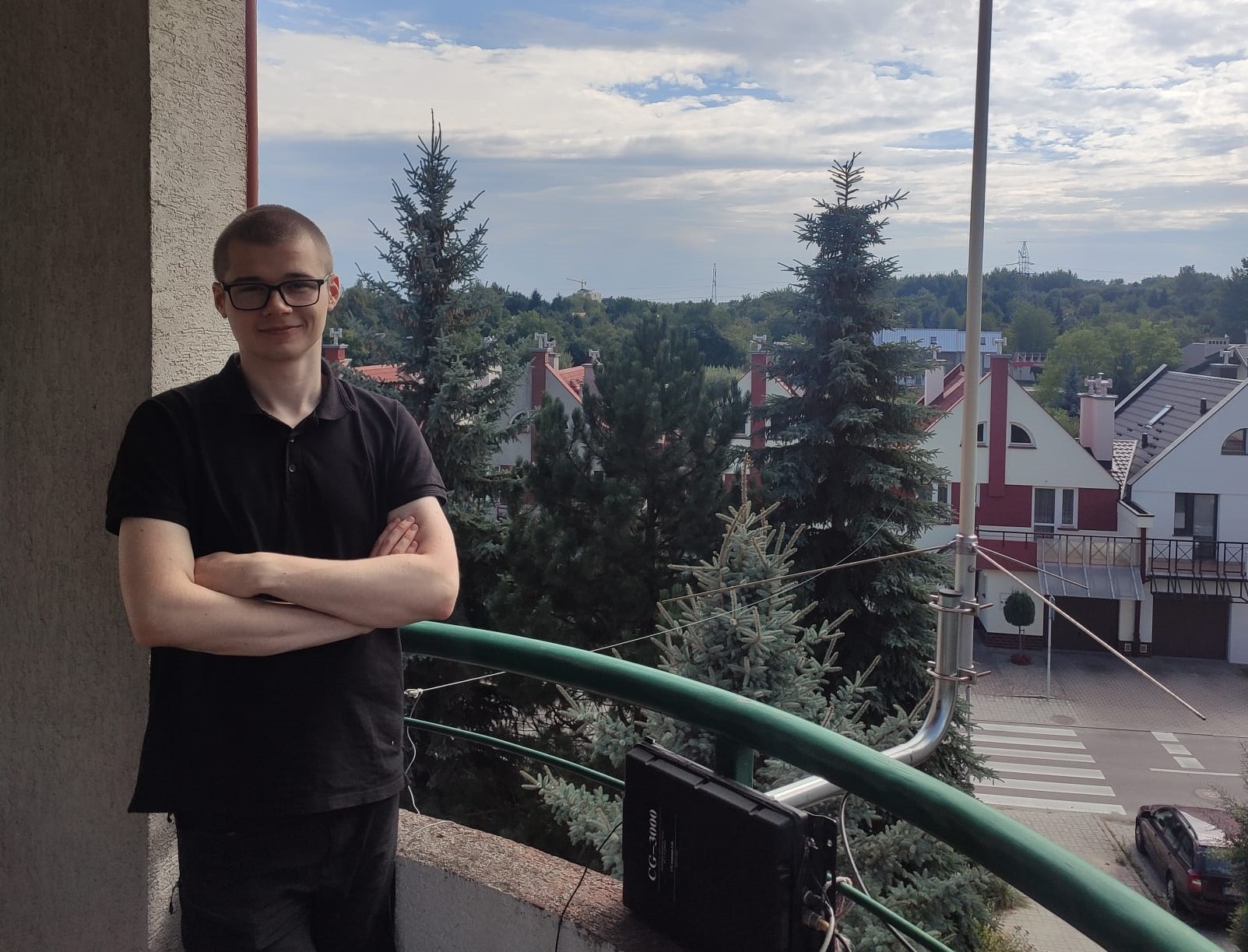
Piotr Wilkon SQ8L for winner World Youth Phone plaque 2022
Florence McKenzie Award & Austine Henry Award
We also congratulate Catherine Hammond VK7C for winning the (Florence McKenzie Award) and Emily Yang BU2BE for winning the Austine Henry Award. This marks the second year this has been supported by ALARA – thank you for your support of the Oceania DX Contest!
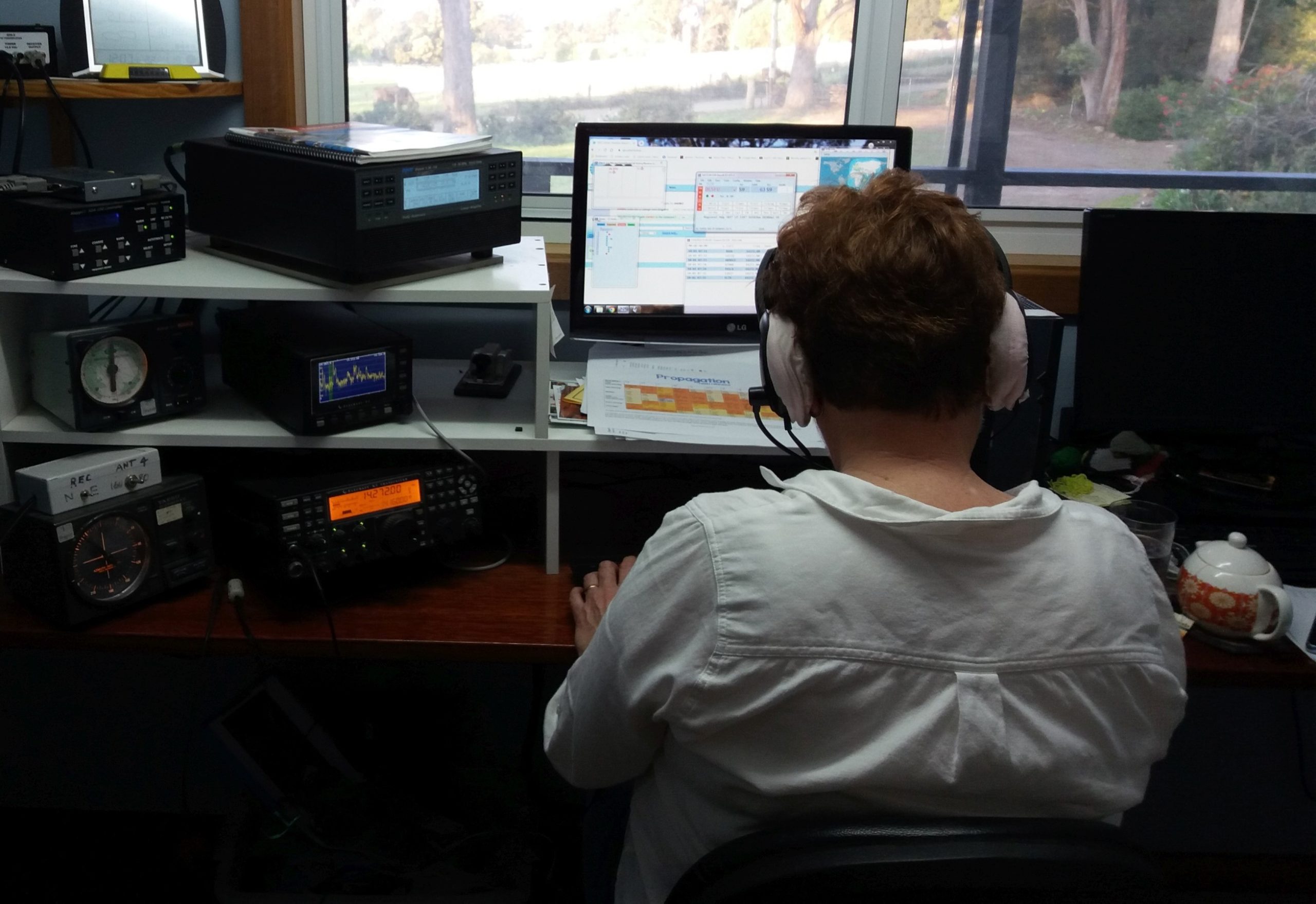
Catherine Hammond VK7C – Winner Florence McKenzie Award
Indonesian Plaque Winners – 2022
It is also great to see the very high level of interest in the contest by amateurs in Indonesia. This year we again awarded a number of plaques specifically encouraging our YB friends to come and give contesting a go, and by all accounts it seems to be working!
This year we are pleased to present the following Indonesian specific awards:
| YB4IR |
Winner INDONESIA PH SO ALL |
| YD0NHG |
Winner INDONESIA General Licence PH SO LP |
YB0BAC
(plaque presented to the Runner Up YC5LCZ under rule 12b) |
Winner INDONESIA Advanced/Extra Licence PH SO 40M |
| YB1ACN |
Winner INDONESIA CW SO ALL HP |
| YB1AYO |
Winner INDONESIA CW SO ALL LP |
Mirek Rozbicki VK6DXI Memorial Plaque 2022 Winner
Lastly we wish to congratulate Luca Babolin IK2PFL on winning the Mirek Rozbicki VK6DXI Memorial Plaque for 2023!
Note that plaques for the 2022 contest have been distributed in accordance with the new 12b rule introduced for the 2020 contest, i.e. if an entrant is eligible to receive multiple plaques in a hierarchy, they only receive the plaque for the highest level that they win. The plaque inscription will include the details of any lower-level plaque categories that they have won. The lower-level plaques are awarded to the runner-up entrants in those categories and the inscription on those plaques will state that they are being awarded to the runner-up.
The ongoing sponsorship of plaques is important for maintaining and growing interest in the contest. New sponsorship offers are always welcome and anyone who is interested in becoming a sponsor should contact the Contest Committee. The cost of sponsoring a plaque is AUD $55.00 per annum to cover the expenses associated with the manufacture and postage of each plaque.
2022 CERTIFICATES
Certificates are awarded to the top scoring station in each category for each continent and country. Additionally, each station that took part in the contest and made one or more valid QSOs, is awarded a participation certificate showing the number of valid QSOs made. The certificates are available online for downloading and printing from the Certificates page .
LOG CHECKING REPORTS
A log checking report is produced for each entry in the contest (except SWL entries). This report provides details about the calculation of the final score including identifying any QSOs that are duplicates (no penalty), calls that are copied incorrectly, exchanges that are copied incorrectly, QSOs that are not in the other log, and calls that are unique and not in other logs (no penalty).
Entrants can obtain their reports from the OCDX log checking reports page . Any entrant can enter their callsign on this page to have a copy of the relevant report sent to the email address used to submit their log. Anyone having difficulty downloading the report (e.g. due to a change in their email address) should contact the contest committee at info@oceaniadxcontest.com .
2023 CONTEST
The 2023 Oceania DX contest will be held over the first two full weekends of October at the following dates and times:
- Phone Section: 06:00 UTC Saturday 7 October to 06:00 UTC Sunday 8 October 2023
- CW Section: 06:00 UTC Saturday 14 October to 06:00 UTC Sunday 15 October 2023
The 2023 Oceania DX Contest rules will be published on the OCDX Contest web site as soon as they are available.
ACKNOWLEDGMENTS
The successful running of the OCDX contest is a large team effort involving contributions from around the world. The log uploading, log checking and certificate production processes are now largely automated, but committee members and others still contribute many hours of effort each year to manage these processes along with writing up and publishing of the annual results, administering the sponsorship and distribution of plaques, and promoting the contest.
The support of the following individuals and organisations is acknowledged and greatly appreciated:
- Ken K1EA for supplying and supporting our log checking software.
- Mike ZL1AXG for hosting the OCDX Contest domain name and email server.
- The Amateur Radio Experimenters Group (AREG) for hosting our web site.
- Bruce WA7BNM for providing and managing the web portal for the uploading of logs, delivering certificates and log checking reports, and the provision of his on-line web form for converting non-Cabrillo logs to Cabrillo format.
- All the plaque sponsors.
Finally, and most importantly, thank you again to everyone who took part in the 77th contest and made it such a huge success. We look forward to seeing you all again, along with more new entrants, in the 2023 pileups!
73 from the Oceania DX Contest Committee (Mike ZL1AXG, Lee VK3GK, Phil VK4FH, Brian VK3MI/ZL1AZE, Tony VK3TZ, Grant VK5GR, Karsono YB0NDT)
ABBREVIATIONS
The following abbreviations are used in the description of the entry categories for the OCDX results:
160M = 160M band
80M = 80M band
40M = 40M band
20M = 20M band
15M = 15M band
10M = 10M band
ALL = all bands
CK = check log
LP = low power (total output power no more than 100 Watts)
HP = high power (total output power no more than 1500 Watts, or the maximum permitted output power for the station licence, whichever is less.)
QRP = reduced power (total output power no more than 5W)
M1 = multiple operators and single transmitter
M2 = multiple operators and two transmitters
MM = multiple operators and multiple transmitters
MS = multi-single
SO = single operator
SWL = shortwave listener.
Note: the M1 and M2 categories replaced the MS category in 2010, the LP and HP categories were introduced in 2010, and the QRP categories were introduced in 2014.
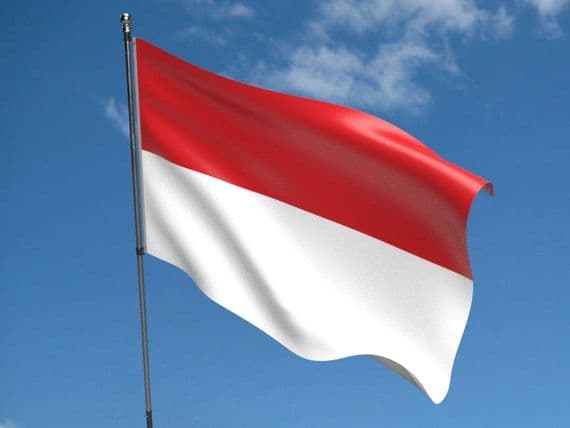 The Oceania DX Contest committee is pleased to announce a late addition to the contest for 2023.
The Oceania DX Contest committee is pleased to announce a late addition to the contest for 2023.





